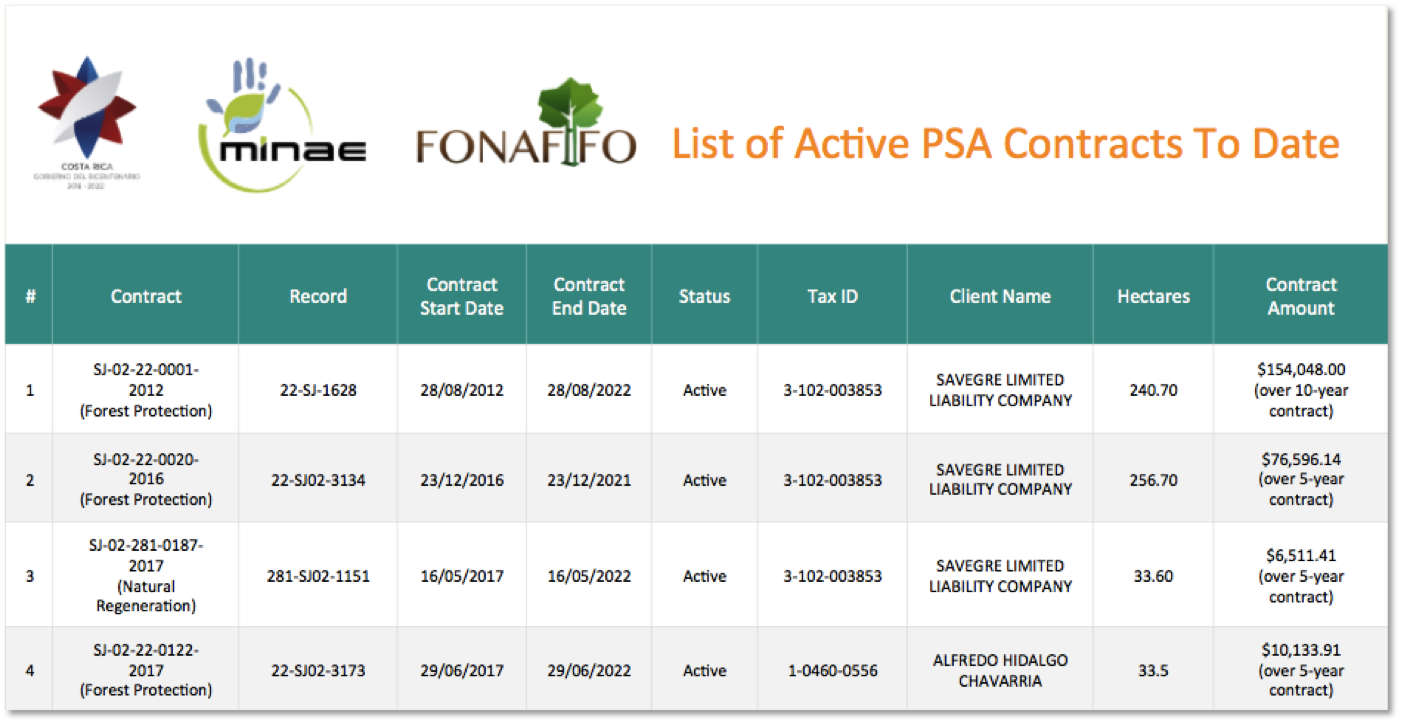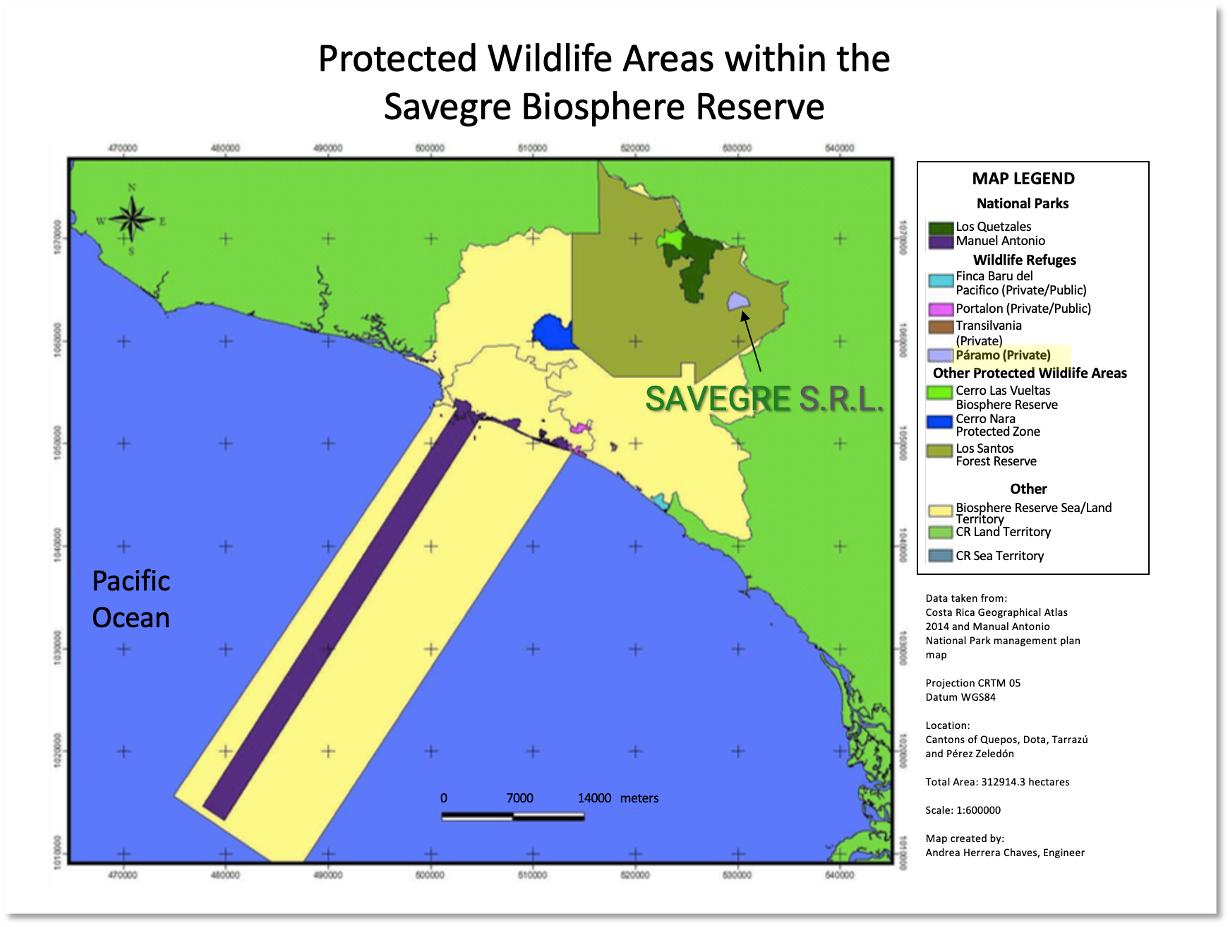
Conservation Forestlands
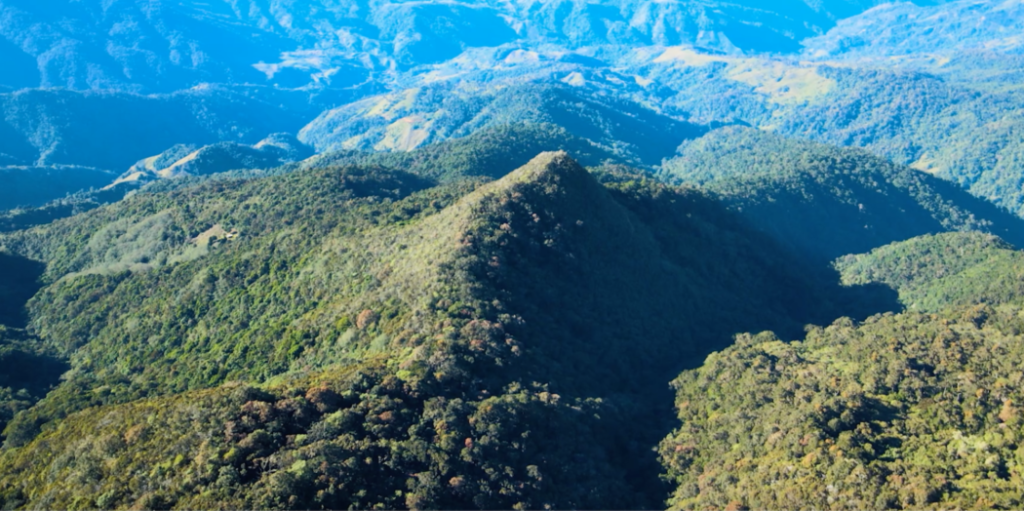
Property Size & Location
Savegre S.R.L. owns and conserves over 1,500 hectares (3,700 acres or 15,000,000 m²) of primary tropical forestlands in the Central Pacific zone of Costa Rica. Their forestlands are located at the heights of the Talamanca Mountain Range and the crystalline upper Savegre Watershed, and they are within the Los Santos Forest Reserve, a protected area managed by the National System of Conservation Areas (SINAC) that covers a total of 59,947 hectares. The northern border of Savegre S.R.L.’s property begins just below Cerro de la Muerte, an important peak with an altitude of 3,450 meters (11,322 feet) known for sustaining a unique alpine ecosystem, and the property extends southwest for miles over diverse topography ranging in altitude from around 1,900 meters (6,234 feet) to around 3,000 meters (9,842 feet).
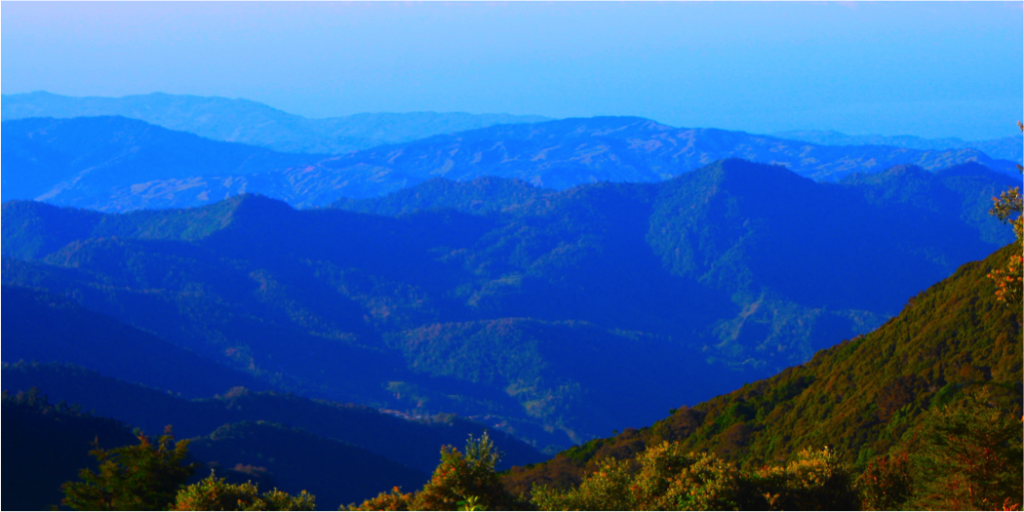
Largely Untouched by Humans
Since its founding in 1949 Savegre S.R.L. has carefully conserved its forestlands, which enjoy 98% dense primary old-growth tropical forest coverage and are largely untouched by humans. The dense canopy consists of many important species, including the vulnerable oak species Quercus costarricensis and others that grow up to 45 meters tall and live hundreds of years. Around 2% of the forestlands were cleared by unauthorized third parties prior to Presidential Decree No. 28278 in 1999, which declared a large portion of Savegre S.R.L.’s property as a privately-owned Wildlife Refuge, thus increasing the effective legal protections of the forestlands. Under natural regeneration efforts, these areas have become meadows with their own thriving ecosystems and they hold great potential for active reforestation of native trees.
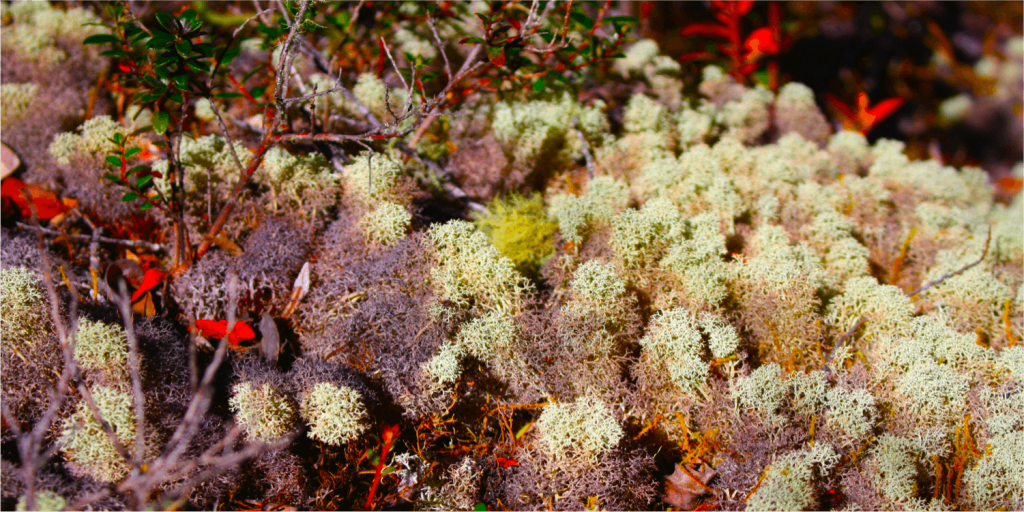
Scientific Study & Ecotourism
Savegre S.R.L.’s forestlands, while being protected and conserved in perpetuity, are an important site for scientific and environmental investigation because of the abundance of intriguing flora and fauna species that inhabit their unique ecosystems. For example, the bark of the ubiquitous Cinchona tree has been studied as an important component of a malaria treatment that is used in nations across the world, and the plethora of old-growth trees and diverse biomass sequester and store significant amounts of carbon dioxide. The forestlands’ incredible biodiversity also makes them an ideal site for low-impact ecotourism, which can be a powerful tool in the battle against climate change and forest degradation because it can increase environmental awareness and instill a deep respect for the natural world in members of national and international communities.
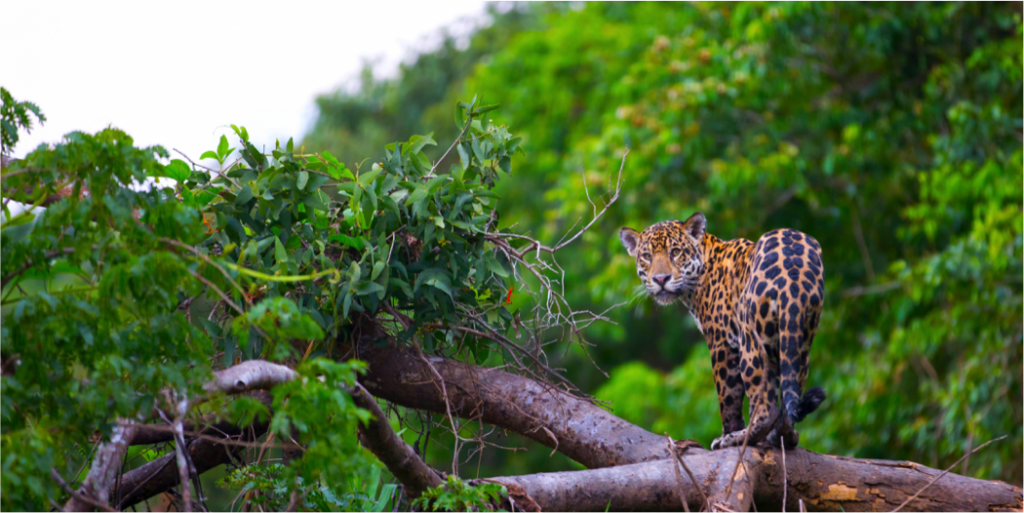
Remarkable Biodiversity
The topographical diversity and plentiful natural resources of the zone provide unique conditions that sustain a wide variety of ecosystems and incredible biodiversity, and Savegre S.R.L.’s careful conservation over the past 70 years has allowed these old-growth forestlands and their inhabitants to thrive. Savegre S.R.L.’s forestlands are inhabited by a remarkable array of flora and fauna species, including a number of endemic and endangered species. The forestlands are located at the heart of the UNESCO-designated Savegre Biosphere Reserve, which holds “20% of the country’s total flora, 54% of its mammals, 59% of its birds and about 330 species of butterflies” (UNESCO, 2010).

Vital Natural Resources
Savegre S.R.L.’s properties are also located at the heart of the Savegre Watershed, known to be the cleanest and most well-conserved watershed in Costa Rica (MINAE, 2004). The Savegre watershed begins at the heights of the Talamanca mountains and extends southward, opening up to the Pacific Ocean at Manual Antonio National Park, one of the most important costal reserves in Costa Rica. These old-growth forestlands also sequester and store vital amounts of the greenhouse gas carbon dioxide in their diverse biomass (trees, plants, leaves, roots, soil, etc.), keeping approximately 601,286 tons of the greenhouse gas carbon dioxide from being released into the atmosphere.
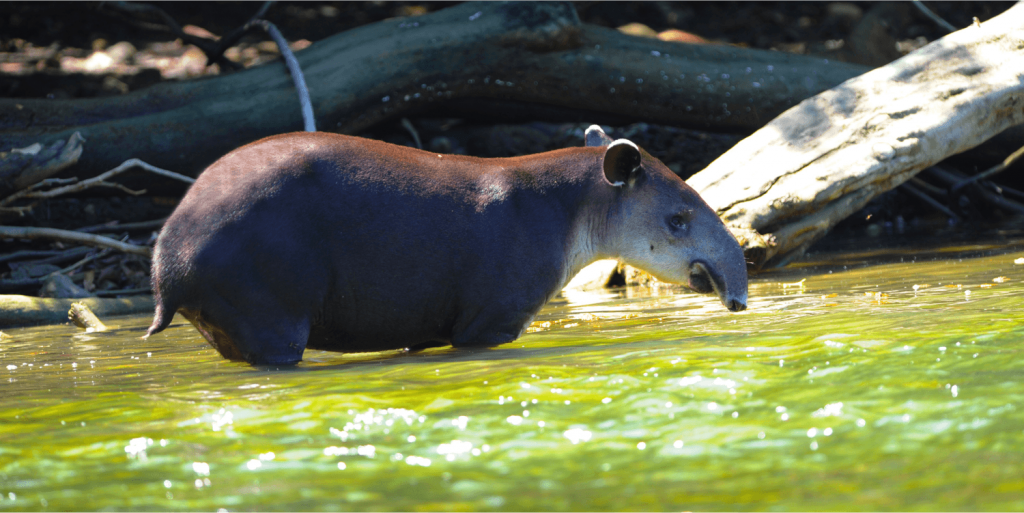
Ecological Connectivity
Savegre S.R.L.’s forestlands form part of one of the few remaining corridors of ecological connectivity on the Atlantic coast of Costa Rica (MINAE 2004), meaning they contribute to a vital interconnected network of protected natural habitat areas where special flora and fauna can flow safely without human interruption. Regarding the importance of maintaining ecological connectivity, the U.S. Environmental Protection Agency (EPA) states that the “framework of connectivity is threatened by agricultural and silvicultural practices, road development, and ‘urban sprawl’ that fragment the landscape. Maintaining ecological connectivity protects the entire system.”
Property For Sale
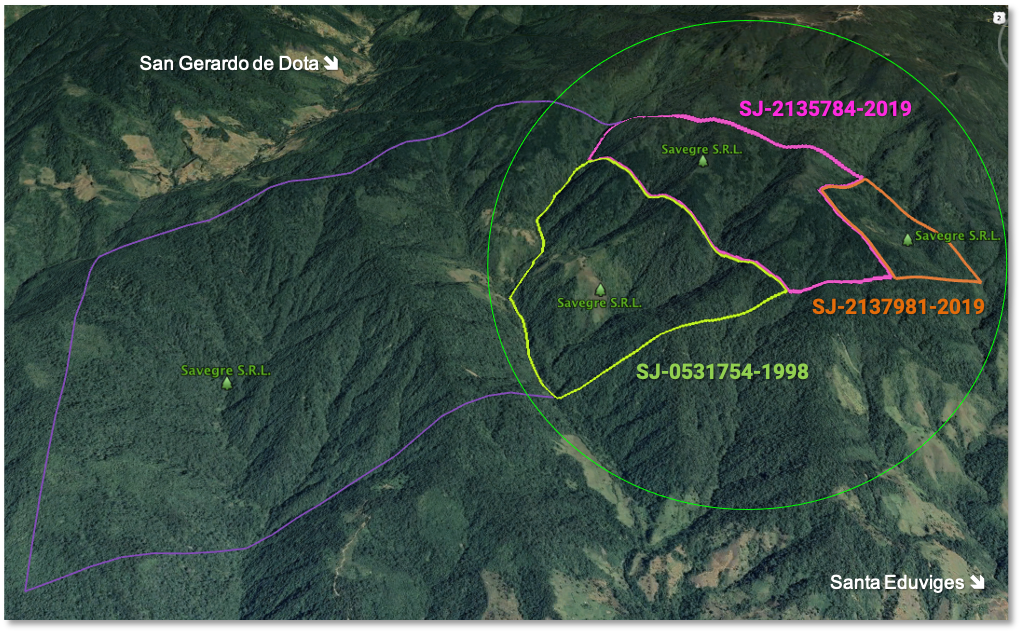
Property I
Area: 290.13 hectares / 716.94 acres / 2,901,337.98 m²
Registration No. 1-00488788-000
Registered Map No. SJ-0531754-1998
Property II
Area: 240.77 hectares / 594.96 acres / 2,407,737.00 m²
Registration No. 1-00704914-000
Registered Map No. SJ-2135784-2019
Property III*
Area: 50.00 hectares / 123.55 acres / 500,000.00 m²
Registration No. 1-00704915-000
Registered Map No. SJ-2137981-2019
*Savegre S.R.L. is assisting forest caretaker Alfredo Hidalgo Chavarría in the sale of this property, which Savegre S.R.L. gifted to him for his important role in the conservation of these forestlands
580.9 Hectares of Primary Tropical Forestlands for Sale
Savegre S.R.L. is offering three of its adjoining conservation properties, a total of 580.9 hectares (1,435.44 acres or 5,809,000 m²), for purchase by a conservation-minded buyer dedicated to their full and permanent protection. Because of the environmental and ecological importance of these forestlands, it is of the utmost important that they remain protected in perpetuity.
Wildlife Refuge & Environmental Services Payment Program
Together these properties constitute the Páramo Wildlife Refuge, which was registered as a privately owned refuge from 1999 to 2009. Since 2002 these properties have been registered in the Environmental Services Payment (PSA) Program, an innovative national program designed to incentivize conservation by providing funds to property owners who conscientiously protect their land.
Mission to Ensure Perpetual Conservation
The mission of this sale of is to ensure the perpetual conservation of these forestlands and their significant biodiversity and natural resources, as well as to allow for their sustainable development potential to be realized through no-impact or very low-impact projects, such as the study of their biodiversity by the scientific and academic communities, involvement in international carbon credit programs, and ecotourism programs.
Environment & Biodiversity in Danger
The 2019 Global Assessment Report by the Intergovernmental Science-Policy Platform on Biodiversity and Ecosystem Services (IPBES) indicates that 25% of the world’s species are in imminent danger of extinction and three-quarters of the land-based environment worldwide has “been significantly altered by human actions,” which makes Savegre S.R.L’s conservation mission more vital than ever before.
Property Titles & Registered Maps


Environmental Services
Payment Program
Over 97% (564.5 hectares) of the conservation forestlands that Savegre S.R.L. is offering for sale have been registered in the Costa Rican National Environmental Services Payment Program (PSA) as Forest Protection Projects since 2002.
The National Forest Financing Fund (FONAFIFO) administers the PSA program by establishing contracts between private and corporate landowners by which FONAFIFO provides compensation to the entities for their dutiful conservation of their forested areas.
Transfer of PSA Contracts
Transfer of Savegre S.R.L.’s PSA contracts upon the sale of the properties to a new owner is a simple process, as is the process of renewing the existing PSA contracts for a new period.
Contract Lookup
Official confirmation of Savegre S.R.L.’s PSA contracts can be found on the FONAFIFO website, using the Environmental Services Payment Program System (siPSA).
"Páramo" Wildlife Refuge
Savegre S.R.L.’s forestlands were declared a privately owned Wildlife Refuge by the President and the Ministry of Environment and Energy (MINAE) of Costa Rica in decree No. 28278-MINAE on December 7th, 1999.
Unique Ecosystems & Biodiversity
Savegre S.R.L. named their Wildlife Refuge “Páramo” because of its unique subalpine ecosystem, an ecosystem that can only be found in a few other parts of the world––and almost nowhere else in Central America except in a small area at the heights of the Panamanian portion of the Talamanca Mountain Range. The level of protection that these forestlands have enjoyed throughout all time has enabled many special species to thrive in their uninterrupted natural habitat, including threatened and endangered species such as the jaguar and the tapir.

